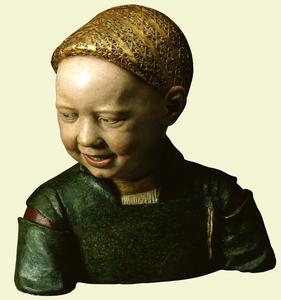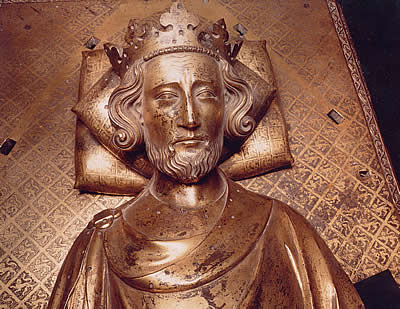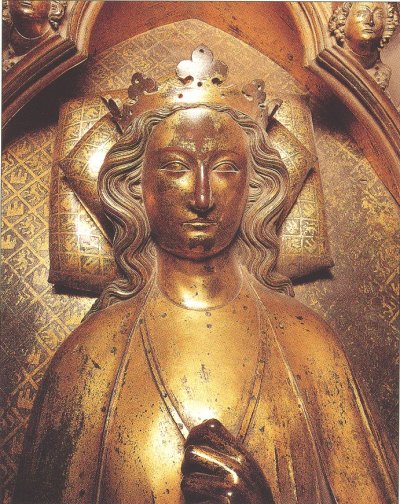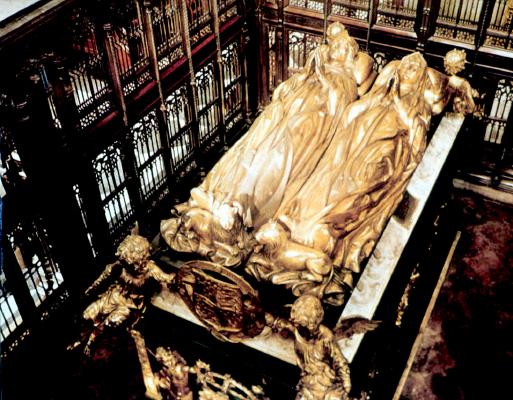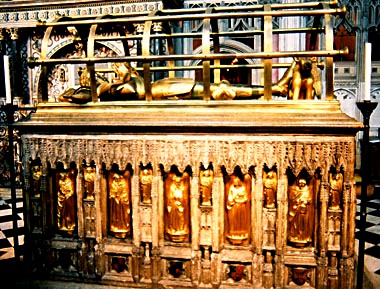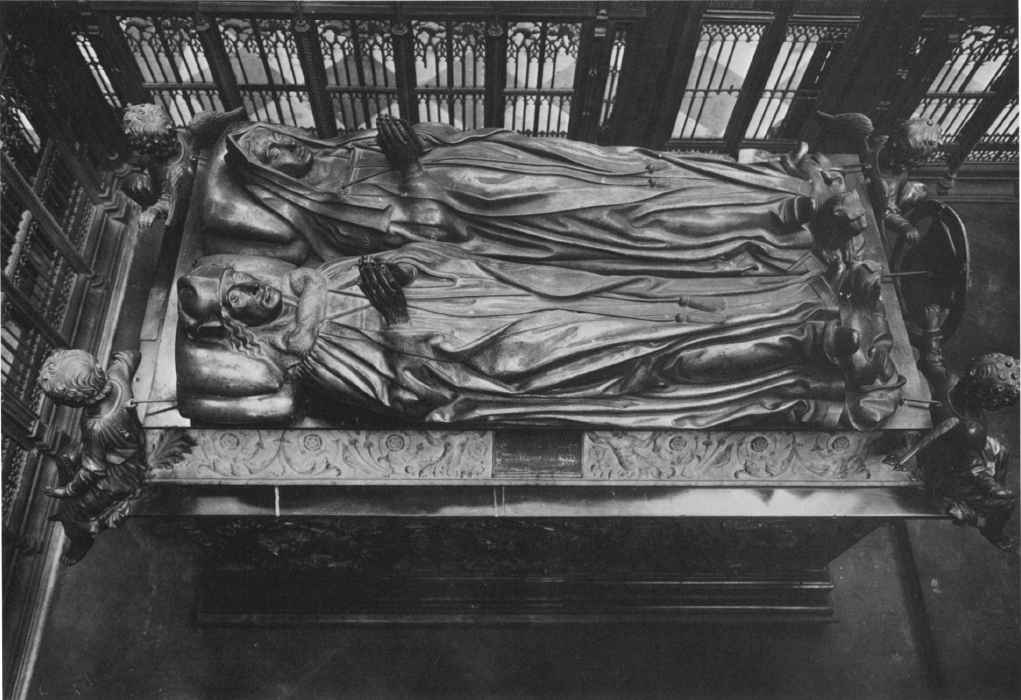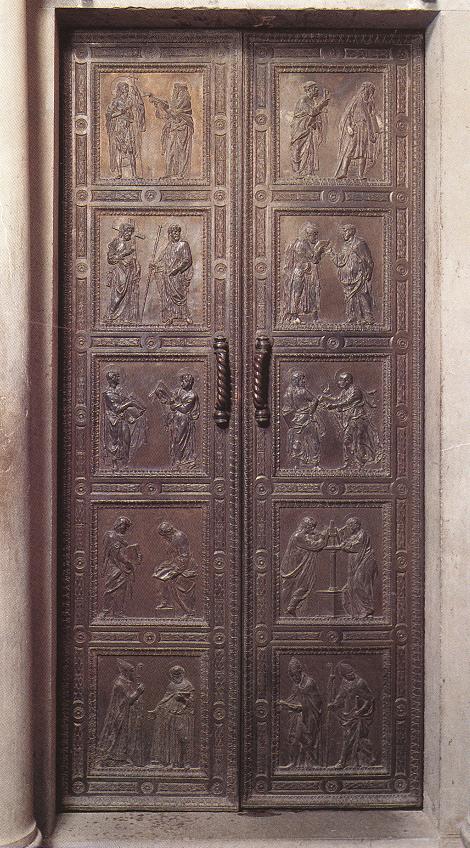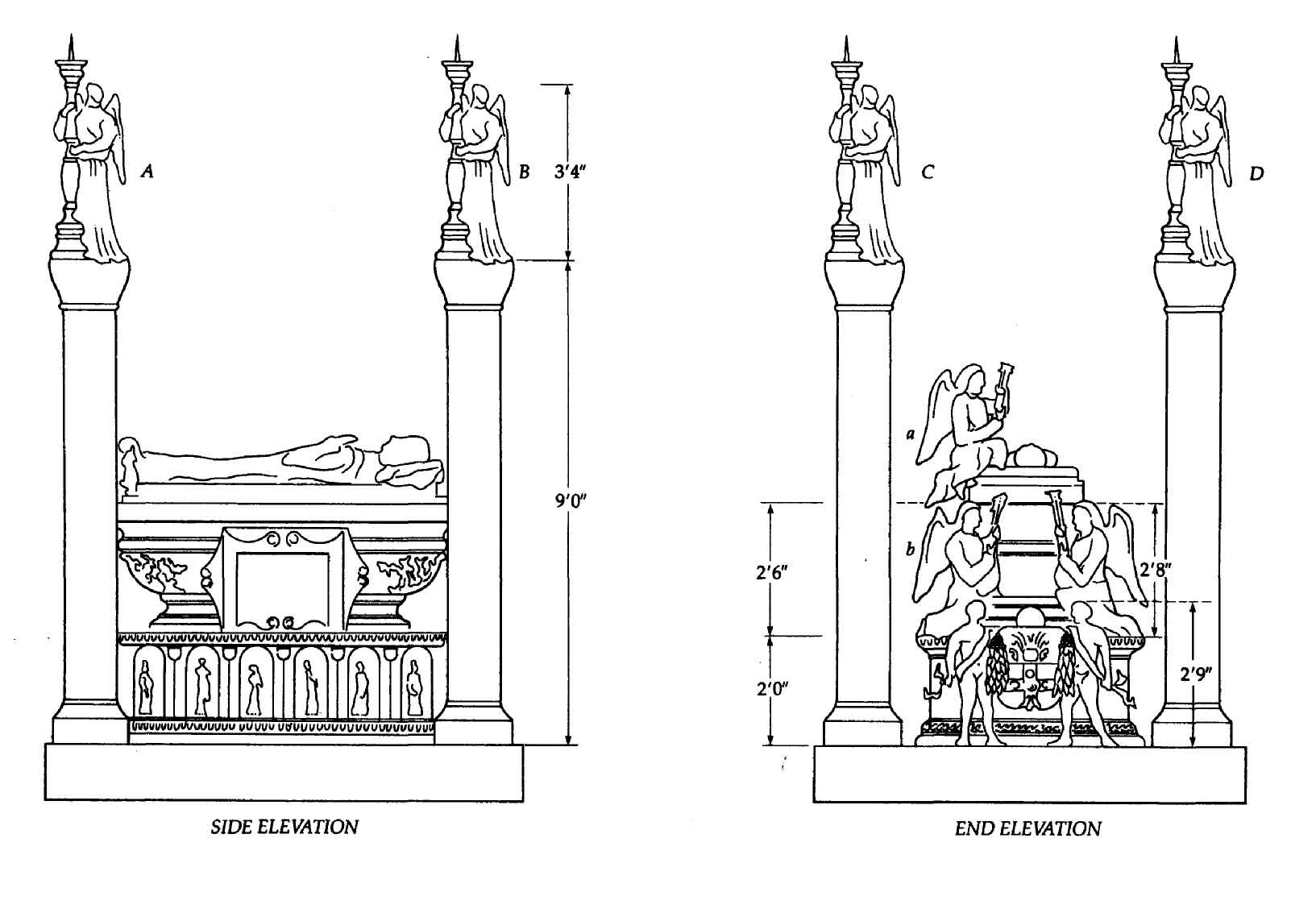We will first look at the tomb of Margaret Beaufort, grandmother of Henry VIII and mother of Henry VII. She died in June 1509 and her tomb has been securely dated and was produced by the sculptor Pietro Torrigiano. Torrigiano was a Florentine sculptor who, according to Vasari, got into a fight with Michelangelo and broke his nose. Leaving aside the florid Vasari anecdote Torrigiano was an internationally famous sculptor who trained alongside Michelangelo. This demonstrates that England at this time could attract the leading international artists.
Torrigiano was not the first Italian sculptor in England, this was Guido Mazzoni, who designed the tomb for Henry VII. He was invited over by Henry VII while he was still alive to build the tomb but it was never actually built. It is possible that he produced the following small terracotta bust of a child called Laughing Child, c.1498 and now in the Royal collection.
It shows the quality of the art being produced in England and the Renaissance influence even at the end of the fifteenth century. It is possible that the child is Henry VIII, this is indicated by his gold threaded hairnet and the gold thread on the collar that indicates it was someone important and who else would have paid for such an importance piece than Henry VII. The colour is original.
The following contract is for the tomb of Lady Margaret Beaufort, dated 23 November 1511 (Archaeologia LXVI, 1914-15, pp. 365-376). Pietro Torrigiano contracted:
“to make or cause to be made at his own proper cost and charge well, cleanly, sufficiently and workmanly, a Tabernacle of copper with an ymage lying in the same Tabernacle and a beast called an yas [yal or yale] lying at the foot of the same Tabernacle, With like pillers, bases, chaptrels, gablettes, crokkettes, anelles, fynials, orbs, housings, Scocheons, graven with portecoleyses and Roses, all of copper and in like makyng length and brede according to A patron [pattern] drawen in a Cloth…
And the said Petir couenaunteth… that he shall aswell and as sufficiently, or better, gilde or do to be gilded all the said Tabernacle, ymage, beast and all the premisses, as any ymage or ymages of any king or queyn within the Monastery of Westminster is or have been gilded…
And also shall grave or do to be graven well, cleanly, workmanly and sufficiently viii sufficient and clenly scoucheons in such places of the same Tombe or case and with such armes as shalbe assigned by the said executors, And also at his own costes shall make or do to be made well clenly and workmanly such borders graven of copper aboute the crest, lydger or edge of the same Tombe with such scriptures the letters thereof graven outwardes as shalbe assigned by the same executors…”
Some years ago art historians criticized Torrigiano for his conservative style but by examining such documents we can see that he was simply following the contractual agreement. At the time an artist was regarded as an artisan or simply as a technician. We can see many similarities with the free standing tomb chest of Henry III produced in 1290.
Note that the word tabernacle has many meanings, in the contract it refers to the horizontal columns either side of the effigy. It can also refer to a niche containing a tomb.
Henry VII died in 1509 and his tomb project was completed by Henry VIII.
Eleanor of Castile’s tomb of 1293 is the earliest gilded bronze tomb in England. Compare the late Gothic ornamentation of Margaret’s tomb with this tomb and note the Renaissance naturalism of Margaret’s tomb.
The pattern for Torrigiano’s tomb design was done by Maynard Vewicke, a Dutchman. We know he knew the appearance of Margaret as we have accounts were he was paid for a portrait. Such projects at this time were always collaborative efforts. The drapery is stylized Gothic, probably because he was following a pattern.
The use of documentation, such as the above contract, to bring greater understanding of art works is a recent development in art history and has changed the way we see artists and art production of the period.
It is interesting that Erasmus was paid the substantial sum of £1 to write the text around the tomb. He was a Professor Cambridge and was well known at Court. He studied and taught in Paris, and later in most of the cultural centres in Europe, including Oxford (1499) and Cambridge (1509-14) where he was Professor of Divinity and of Greek.
Technical Note: gilding (strictly called fire-gilding or wash-gilding) was done by mixing gold with mercury, painting it on the bronze and then heating to drive off the mercury. The process was lethal as the mercury vapours would kill and the process is now illegal. In contracts the thickness of gilding is sometimes specified or the quantity of gold is supplied and controlled.
Note that the contract does not say what should be done by Torrigiano and what by an assistant. In Italy contracts frequently specified the involvement of the master. Fire gilding was extremely difficult and Torrigiano was trained in the latest Italian techniques so it was possible he was employed simply for his technical skills. The contract also does not specify that it should be a true likeness although it is possible this was taken care of by the pattern supplied by Vewicke.
Torrigiano’s next major commission was the tomb of Henry VII. It is one of the greatest Italian Renaissance tombs outside Italy although it is generally ignored by Italian art historians. It was produced in 1512-18.
This was the fourth design. See ‘The First Tomb of Henry VII of England’, Barbara Meyer, The Art Bulletin, (Sept. 1976), pp. 358-367.
Initially he was going to be buried in St. George’s Chapel, Windsor, then Henry VII appointed Guido Mazzoni (active after 1473, d. 1518) to design a spectacular tomb but the design was rejected. Mazzoni was famous for his lifelike full-size terracotta statues (such as Lamentation over the Dead Christ, 1477-80). We do not know exactly why it was rejected but it may have been too continental for English taste as both the effigy above and below the tomb were au vif (alive. i.e. with eyes open) and this was counter to the English tradition of always showing the effigy below with its eyes closed. Mazzoni left in a huff never to return. The third plan was an effigy of Henry VII kneeling in prayer placed on top of the tomb of Edward the Confessor in Westminster Abbey. Henry VII actually specified this in his will but it was ignored by Henry VIII who had the Torrigiano tomb built.
The Earl of Warwick, Richard Beauchamp (‘Beecham’), St. Mary’s Church, 1440s, Warwick which was exhibited at the Gothic exhibition at the V&A. Both tombs are free standing tomb chests in the English tradition. In Italy tombs were typically placed against the wall. Both have saints around the sides. The metal grating of the Warwick tomb is original. The grating around the Henry VII tomb is enormous and original and is by the Dutch metal worker Thomas the Dutchman, some saints have been removed but it is contemporary with the tomb and was begun in 1505.
Henry VII and Elizabeth of York are au vif looking towards the east window where Christ was thought to come on the Day of Judgement.
Terminology: We need to distinguish between the king’s two bodies, the body politic, which lives on and the body physical which dies and rots.
- gisant in sepulchral sculpture is the recumbent effigy representing the person in death; eyes closed in unending sleep; especially, an effigy depicting the deceased in a state of advanced decomposition, as was popular particularly in the 15th and 16th centuries in northern Europe. The gisant represented as a decayed corpse was often placed below a portrait, or orant, effigy, which represented the person praying or kneeling, as in life. This tomb does not have a gisant.
- transi is also a recumbent figure but unlike the gisant it enters fully into the state of death. The figure may show rigor mortis or more often it is partly nude and shows decomposition.
- assis is a seated tomb figure symbolic of the person’s station in life, king, pope, bishop, or warrior. The early design by Mazzoni had Henry VII assis on the tomb of Edward the Confessor. It is likely Henry VII was, by this means, attempting to establish the credibility of the new dynasty but Henry VIII rejected the design.
- priant are figures kneeling in prayer and they did not appear until the late 13th century. It represents the person as he appeared in life. In England priant figures are practically non-existent except for Lord Despencer, Tewksbury Abbey.
We can see that although Henry’s tomb was built over 60 years after Warwick there is a continuity on many of the features. With Henry VII’s tomb, unlike that of his mother Margaret of Beaufort described above, Torrigiano was given free reign and unusually he worked on it on his own. This marks a break with the medieval tradition as it shows the work of an autonomous artist rather than a collaborative medieval team of artisans.
We can see the differences – Henry’s tomb has flattened pil;asters with grotesques, acanthus leaves,and a portcullis at the bottom. The high relief putti are almost detached from the tomb whereas the saints on the Warwick tomb are locked within tabernacles. Henry VII uses expensive black marble and the figures are dynamic, expressive, and holding his coat of arms. The angels look at us as though they are about to slide to the floor and we can see they were originally holding banners. Compare the putti with Verrocchio’s Putto with Dolphin, they are remarkably similar.
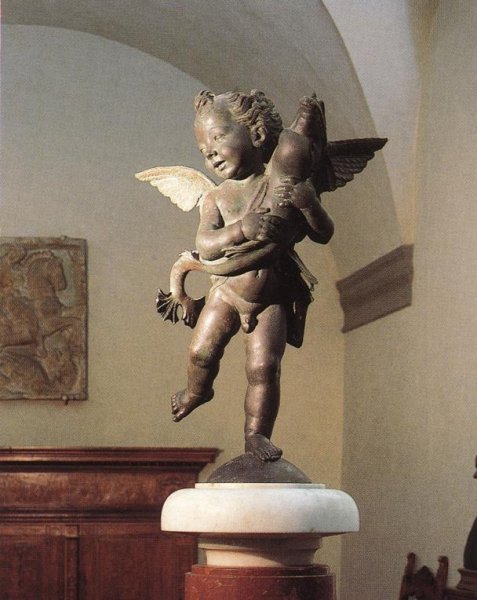
There a few free standing tombs in Italy such as that of Sixtus IV, 1493, in the Vatican by Pollaiuolo.
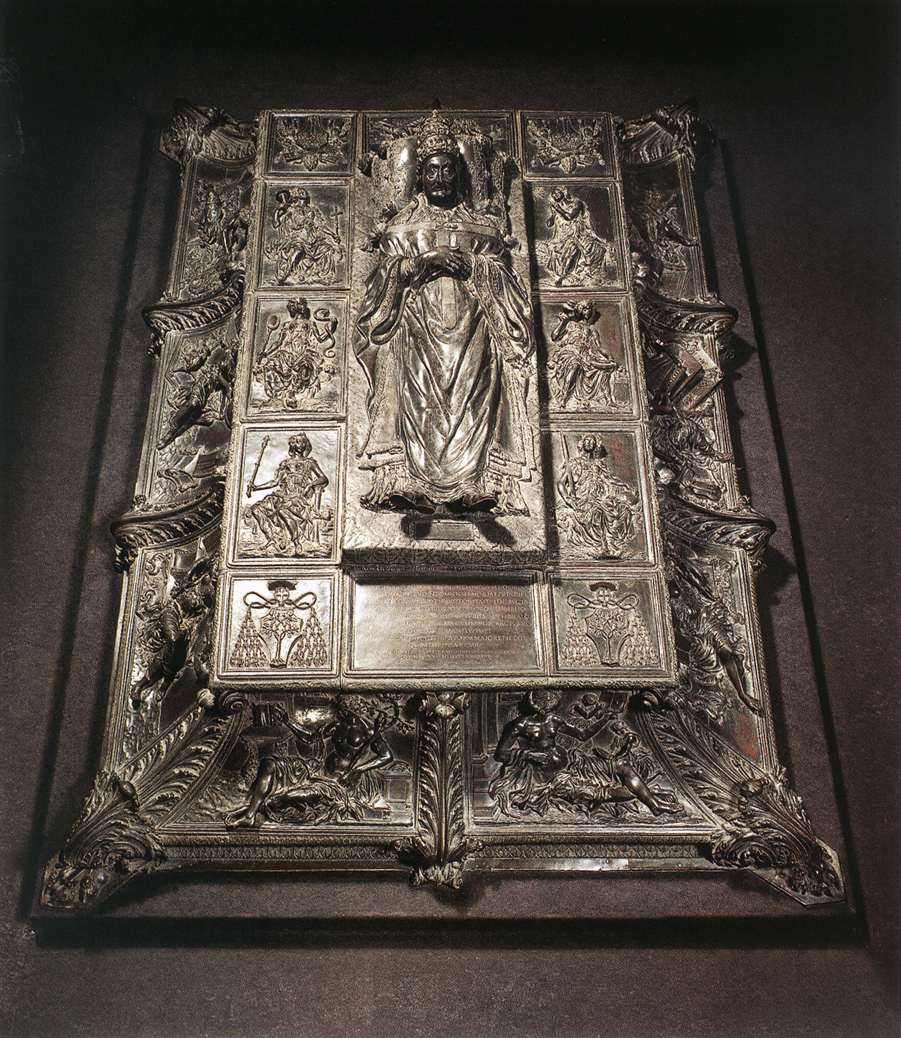
Henry VII’s tomb has six roundels on the sides of the tomb chest. Sixtus IV also has bas relief. Also note that Donatello’s baptistery doors has saints in pairs like the Torrigiano reliefs.
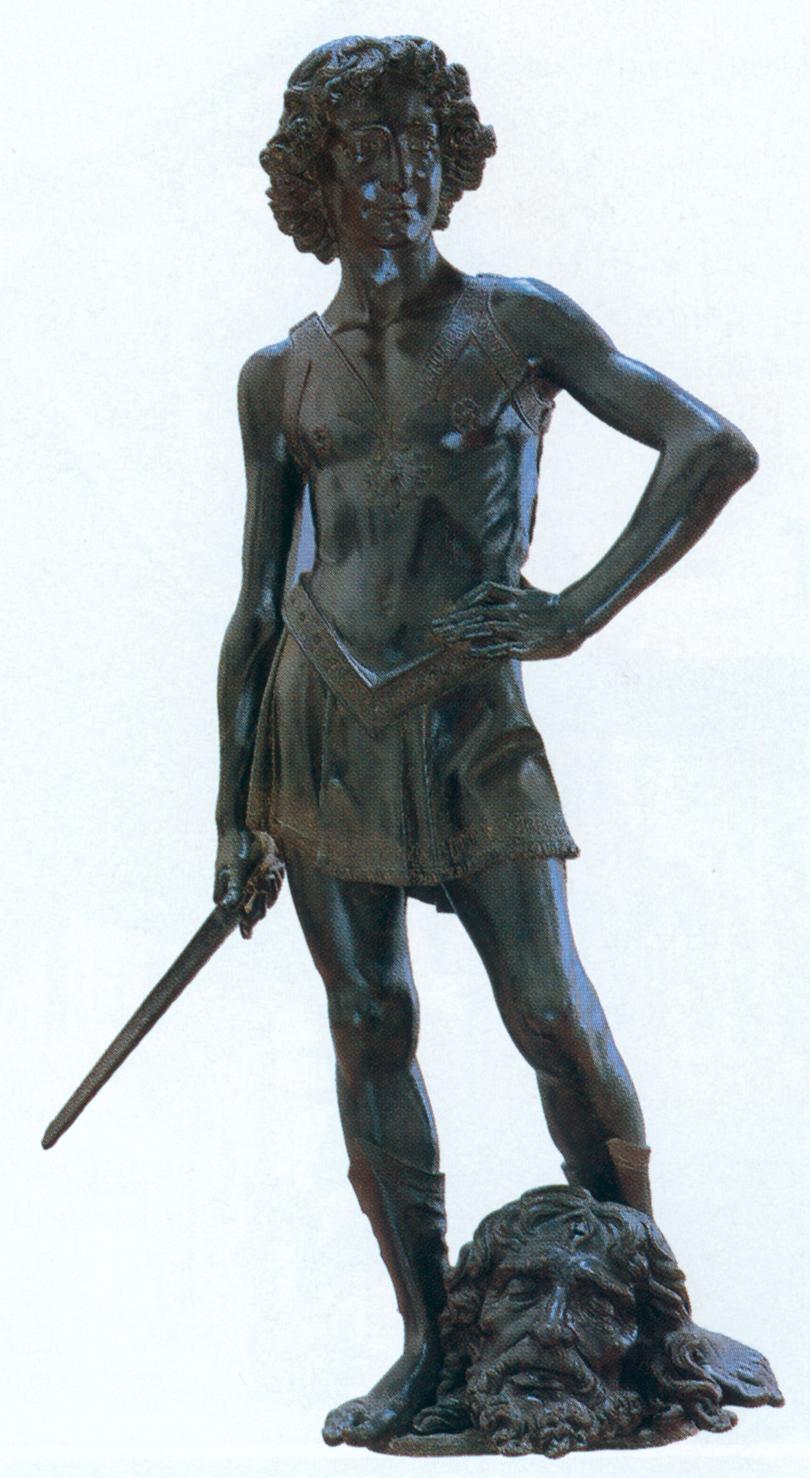
In the Rolls Chapel, Chancery Lane, there is a funeral monument to Dr. Young (a lesser courtier), 1516, in terracotta, the Christ and angel above are original. Terracotta images were new in England at this time so Torrigiano was innovative.
Henry VII knocked down a beautiful 13th century Lady Chapel in order to build what we call the Henry VII Chapel to the east of Westminster Abbey.
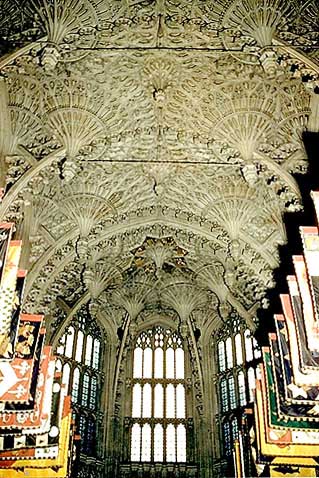
What is the function of Henry VII’s tomb? Principally dynasty, and how does it achieve this? It is located in Westminster Abbey and is in-line with the tomb of Edward the Confessor, in fact further east. It is cutting edge in design, very ‘modern’. The architecture is very English although Jonathan Foyle has speculated that the radiating chapels show a Florentine influence. Henry VII built the chapel in order to bury the remains of Henry VI as he thought he would be canonised. Although Henry VI was a useless king it was thought he was very pious and devout.
Along the north side of the chapel are the tombs of Elizabeth and Mary, Edward V and Richmond and the Duke and Duchess of Buckingham. Henry VII tomb was planned to be in the centre but Henry VIII moved it east so that his could be placed in the centre (although this was never done). Along the south side are the tombs of Mary Queen of Scots (almost opposite that of Elizabeth as both were constructed by James I who wanted to give Elizabeth and his mother equal status). Margaret and the Dukes of Lennox and Richmond. In fact, the relics of Henry VI are still at Windsor as he was never canonised his remains were never moved.
Emphasising dynasty we also have:
- A double tomb emphasising the double lineage, legitimacy and dynasty of both families (Lanacastrian and York).
- The prominent display of coats of arms
- Gilded bronze was exclusively royal (except for the incorrigible Duke of Warwick) – the best of the best.
- The closeness of the altar. The nearer you were buried to the altar the more prestigious it was. The altar of Torrigiano has been reconstructed from parts found in a wall in-fill.
Monuments such as this invite the prayers of the living to reduce the time in purgatory (a pre-Reformation belief).
An antiquarian delving under the tomb of Henry VII found the bones of James I and it is thought he was placed there as both Henry VII and James I founded new royal dynasties.
The head of Henry VII was taken from a death mask and used in his funeral on an effigy made of wood and straw and dressed in his clothes. The death mask was used to make a terracotta sculpture and tomb face in glided bronze.
Wolsey
Wolsey was a patron of the arts. The roundels at Hampton Court are mostly not in their original position but were made for Hampton Court by Giovanni da Maiano. He made eight terracotta busts (we have the bill).
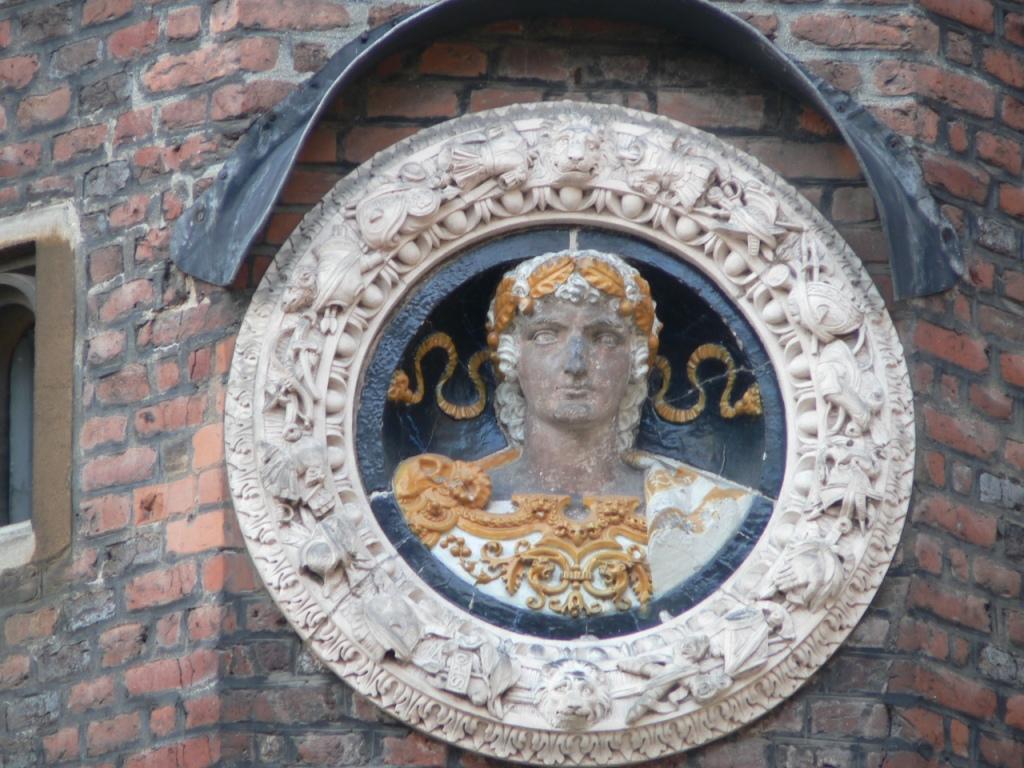
He also made the Wolsey coat of arms below. This was removed by Henry VIII but was discovered in the 19th century although the cardinal’s hat is a 19th century reconstruction from the broken parts found.
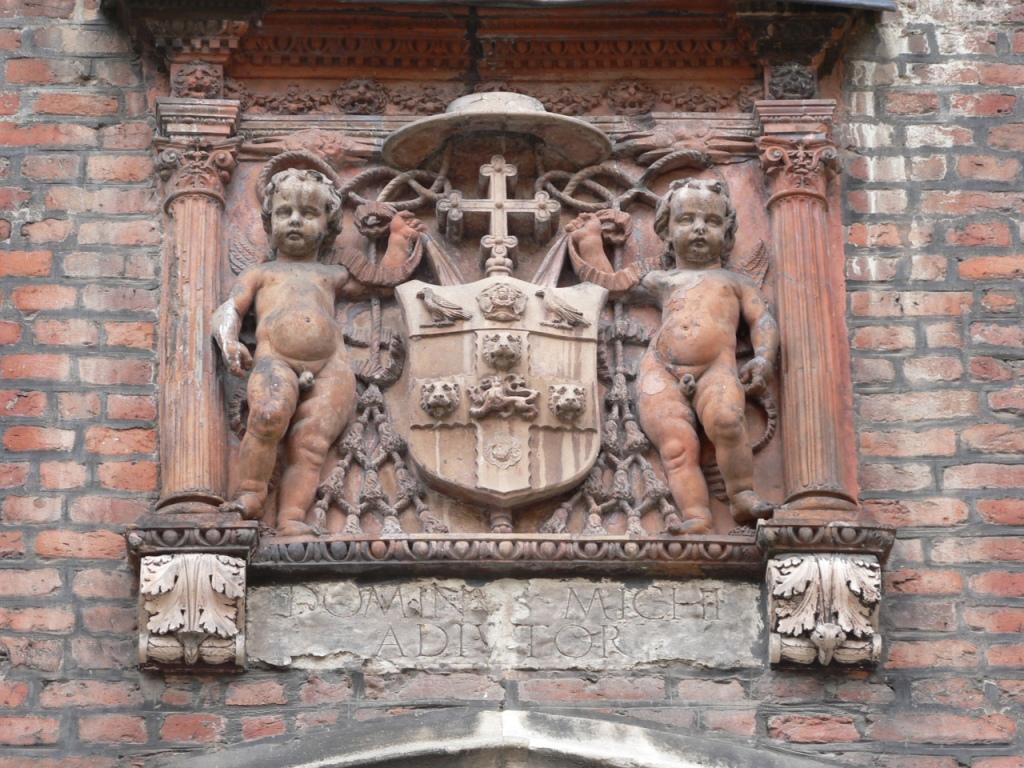
Wolsey never went to Rome although he did hope to become Pope. Cardinal Wolsey planned his tomb using Bernadetto de Rovezzano (Torrigiano had already left). Its notional reconstruction is shown below. It caused a great deal of comment across Europe as it was so grand. It combines Gothic elements with a Roman sarcophagus, the columns are nine foot high with three foot angels on top so it would have been larger than the tomb of Julius VII by Michelangelo. It would also have been larger than the tomb of Henry VII. Wolsey was disliked by the old nobility as was known as the ‘Butcher’s Dog’ as his father was a butcher. It was designed to be made in gilded bronze and the Milanese ambassador wrote ‘Wolsey has prepared a more costly mausoleum than any Pope or Prince in the world.’
We do not know where he planned to place the tomb. Perhaps in York as he was Archbishop of York. The contract he drew up stated that it must not be ‘inferior in cost or magnificence’ to the tomb of Henry VII and this formed part of the contract with Rovezzano. It was never finished and parts were taken and used by Henry VIII in his tomb which was smashed in the 17th century. See the Skelton poem which is a thinly veiled attack on Wolsey.
The black marble sarcophagus survives as it was eventually used for Nelson’s tomb in St. Paul’s Cathedral.

